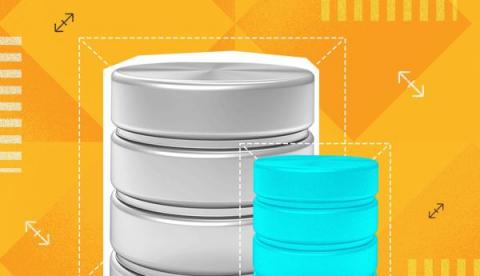Operations | Monitoring | ITSM | DevOps | Cloud
Databases
The latest News and Information on Databases and related technologies.
Why Use a Purpose-Built Time Series Database?
For many workloads, using a time series database is a smart choice that saves time and storage space. Developers and companies have more database choices than ever. Choosing the right database for a project saves time when writing and querying data. As companies work with larger datasets to make increasingly intelligent and automated systems, efficiency is key. For many workloads, using a time series database is a smart choice that saves time and storage space.
Comprehensive Guide on Partitioning and Sharding in Azure Database for PostgreSQL
Common SQL Server challenges and how Applications Manager's SQL Performance Monitor helps you overcome them
Database management systems are an essential component of business applications. Over the years, MS SQL has earned its place in the hearts of database administrators (DBAs) as the most trusted relational database management system. It is still the go-to choice for many DBAs as it helps them leverage its extensive capabilities across various dimensions such as security, portability, transaction processing and analytics.
Platform.sh partners with MongoDB to help customers build modern applications faster
Today, we are excited to announce that Platform.sh now offers the latest version of MongoDB to our Enterprise and Elite customers. Clients can now enjoy improved visibility via one source of control, the ability to track multiple applications and users, and native, at-rest encryption that meets the latest security compliance standards. There are more details about the benefits of MongoDB below.
How to monitor Oracle DB with Google Cloud Platform
RDS Pricing Explained: A 2022 Beginner-Friendly Guide
Missing indexes in PostgreSQL? How to quickly identify it
While working on improving the Netdata PostgreSQL collector, we were monitoring our production PostgreSQL instance and something caught our attention immediately. The rows fetched ratio seemed really, really low for one particular database… there were missing indexes in PostgreSQL! Rows fetched ratio is the percentage of rows that contain data needed to execute the query (rows fetched), out of the total number of rows scanned (rows returned).
Cardinality explorer
In monitoring, the term cardinality defines the number of unique time series stored in a time series database (TSDB). The higher the cardinality, the more resources are usually required for metrics processing and querying.











